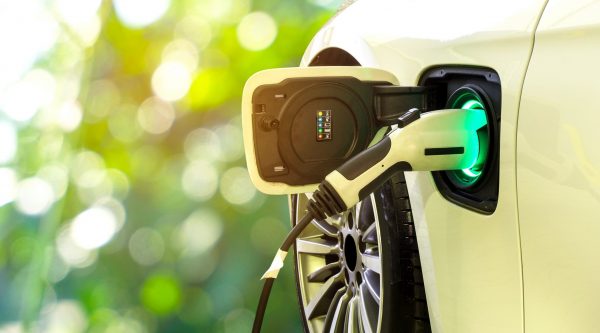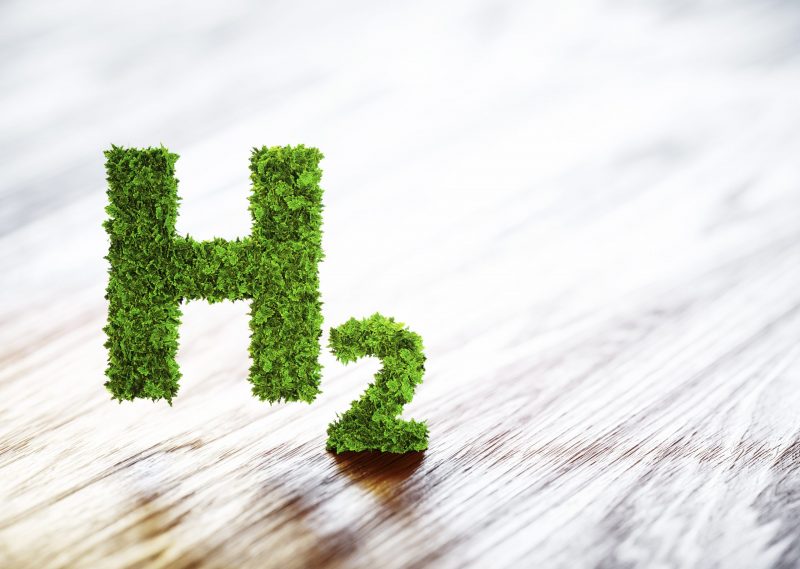
This site
is mobile
responsive
The escalating growth of the human population and the rapid evolution of heavy industrial sectors are significant contributors to energy demands. To fulfil this ever-increasing demand, current and future energy systems need to be costeffective, practical, reliable and sustainable, with low impact on the environment. For these reasons, there is a growing interest in hydrogen-based fuel technologies in recent years.
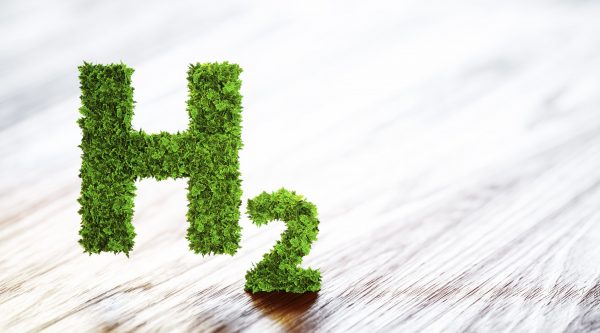
As a promising energy carrier which can be transformed into a renewable, non-polluting and zero-emissions energy resource, hydrogen can help to tackle various critical energy challenges. Predominantly, it can help in storing the variable outputs from other renewable energy sources like solar and wind to better match demand patterns. Hydrogen also offers ways to decarbonise a range of sectors such as iron and steel, long-haul transport and chemicals; as well as improves air quality and strengthen energy security.
Currently, non-energy uses of hydrogen dominate consumption, with the production of ammonia accounting for approximately half of hydrogen demand. The use of hydrogen for energy purposes is estimated to be between one and two per cent of total consumption. By 2030, hydrogen energy use is expected to be deployed in many developed nations, whereby Japan is already currently leading the use of hydrogen energy.
Ultimately, hydrogen is considered to be the cornerstone of the new energy economy, in line with the Services Hydrogen: Renewable Power of the Future April 2020 | 15 T current efforts by the Malaysian Government to enhance renewable energy contribution to its energy mix. The Government has identified hydrogen fuel cells as priority research for development since the Eighth Malaysia Plan (2001–2005). From 1997 to 2013, RM40 million of R&D funds have been allocated by the Ministry of Science, Technology and Innovation (MOSTI) for research of hydrogen fuel cells. The targets set for hydrogen energy development in Malaysia as defined in the Hydrogen Roadmap.
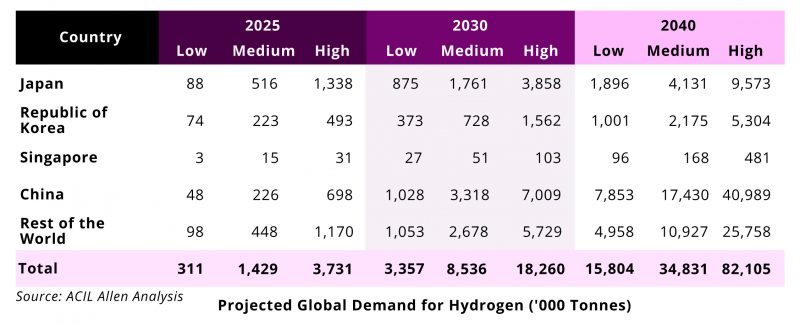
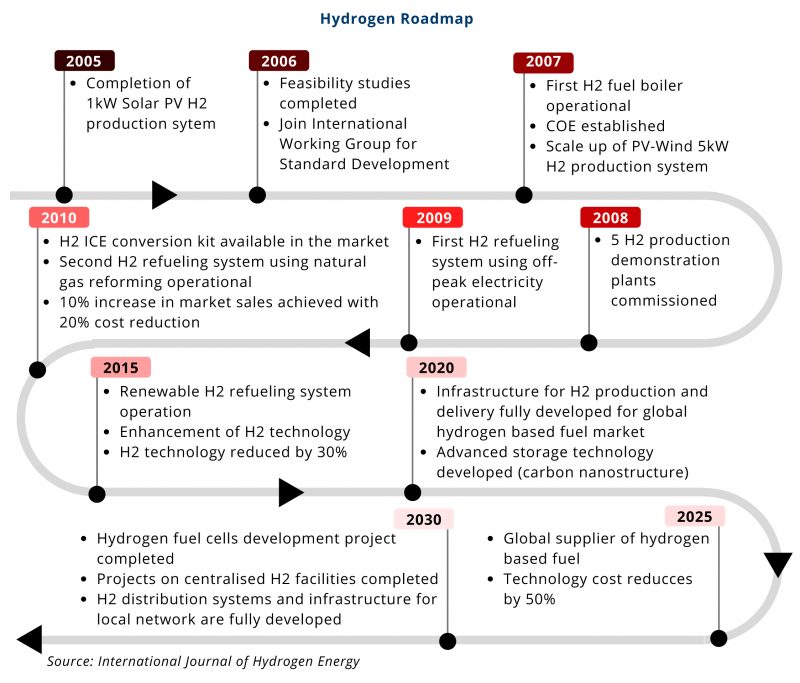
In addition to the Roadmap, a conceptual framework for the accomplishment of a hydrogen economy has been proposed, illustrating three phases for renewable hydrogen to penetrate the Malaysian market. In the first phase, the market should aim to utilise the hydrogen as feedstock for chemical industries. Once hydrogen production is at a matured-level in the second phase, hydrogen should be used as fuel in internal combustion engines or burners. In the final phase, hydrogen should be used as fuel for automobiles (using fuel cell), fuel-cell combined heat and power (CHP) and as energy storage.
Moving forward, there are vast opportunities for Malaysia to become a clean energy leader in the region with the advancement of new energy storage technologies, such as hydrogenbased fuel technologies. Sarawak is leading this progress in its green energy agenda with the launch of the first integrated hydrogen production plant and refuelling station in South East Asia. Built by Sarawak Energy Bhd. (SEB), in collaboration with Linde EOX Sdn. Bhd., the facility includes a plant that produces hydrogen through electrolysis and a refuelling station for the state’s first hydrogen-powered vehicles. The stations will be set up by state-owned Petroleum Sarawak Bhd. (Petros) and Sarawak Economic Development Corporation (SEDC); and will initially service three hydrogen fuel cell buses operated by SEDC and two cars in SEB’s corporate fleet. SEB has also been in discussion with Japan to chart potential collaboration on hydrogen energy, which is deemed to be the future of green and renewable energy (RE).
Investments in new RE is on track to reach a total of US$2.6 trillion from 2010 through the end of 2019, according to a study by Bloomberg New Energy Finance for the United Nations Environment Programme (UNEP) and Frankfurt School’s UNEP Centre in September 2019. The advancements in hydrogen energy storage would allow power to be exported to countries like Japan, where there is a large market for it.
According to the Hydrogen Council, a global initiative of leading energy, transport and industry companies launched during the 2017 World Economic Forum in Davos, the international hydrogen market is estimated to be worth up to US$2.5 trillion (RM10 trillion) by 2050, meeting 18 per cent of global energy demand, providing 30 million jobs and reducing carbon dioxide emissions by six gigatonnes per year. This Belgium-based Council, is a CEO-led organisation that uses its global reach to promote collaboration between governments, industry and investors, and to provide guidance on accelerating the deployment of hydrogen solutions around the world.
In closing, as a basic earth element abundantly available, hydrogen has great potential to reduce reliance on fossil energy sources such as oil and the emission of greenhouse gases and other pollutants.
In the future, hydrogen will be an essential energy carrier made safely from renewable energy sources with virtually no pollution. However, before it can assume a more significant energy role and become a widely used alternative to gasoline, new facilities and systems must be built to accommodate the widespread use of hydrogen. Consequently, the Malaysian Investment Development Authority (MIDA), as the principal enabler of investments and facilitator of the industrial development efforts in the country, will continue to engage with the relevant stakeholders to promote investments in a clean and secure energy future.
